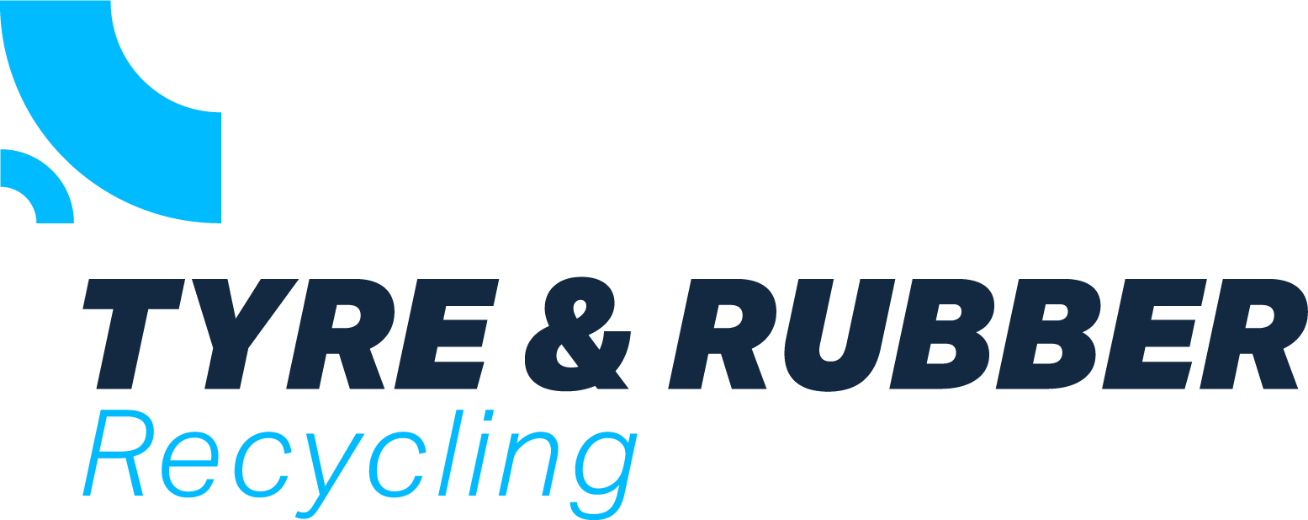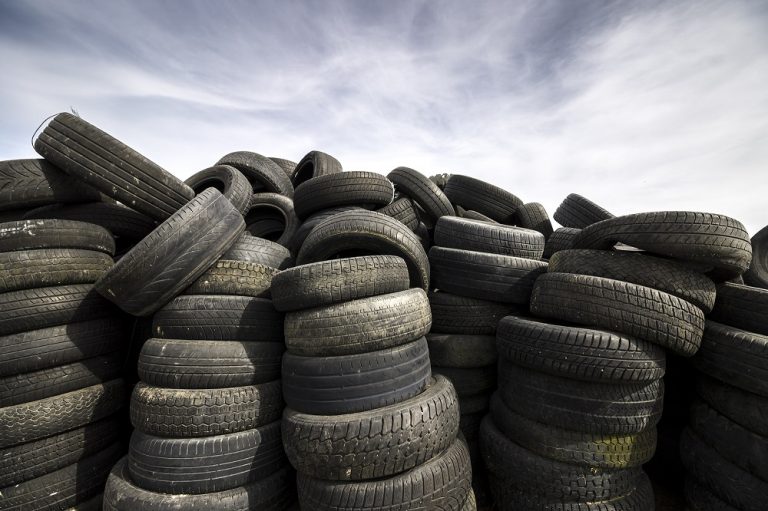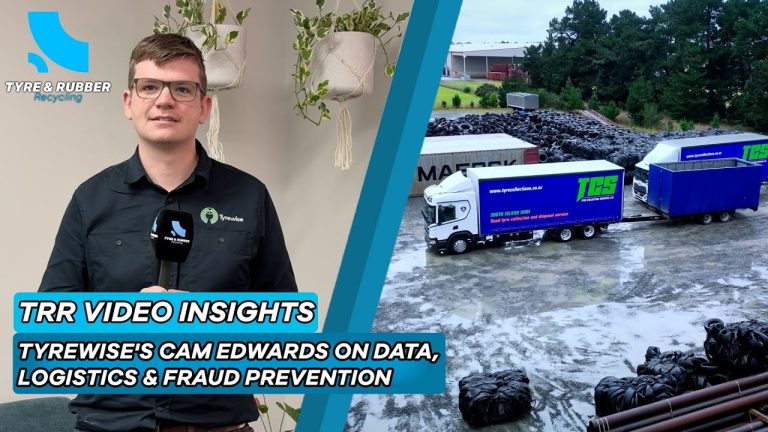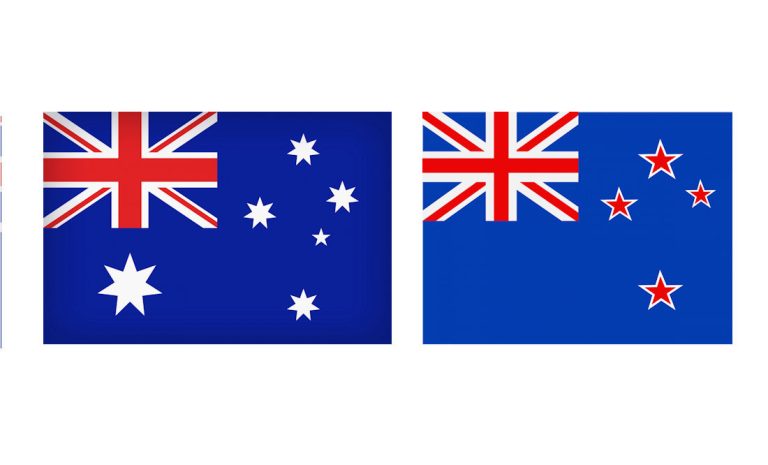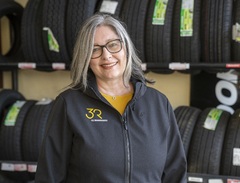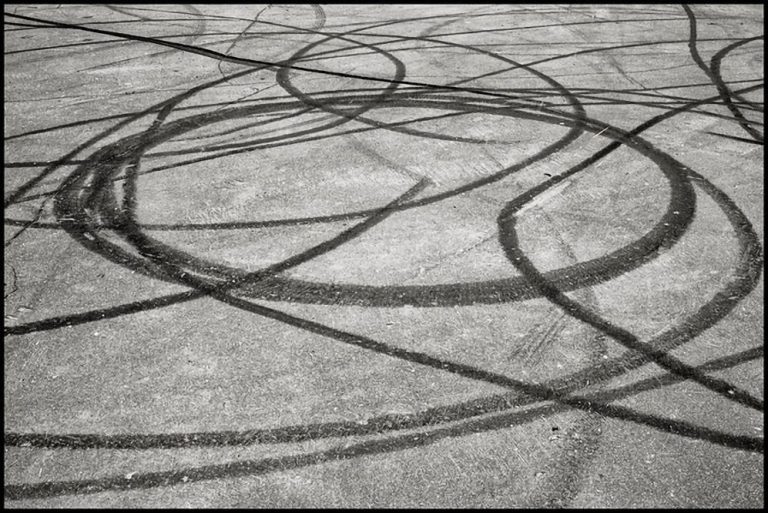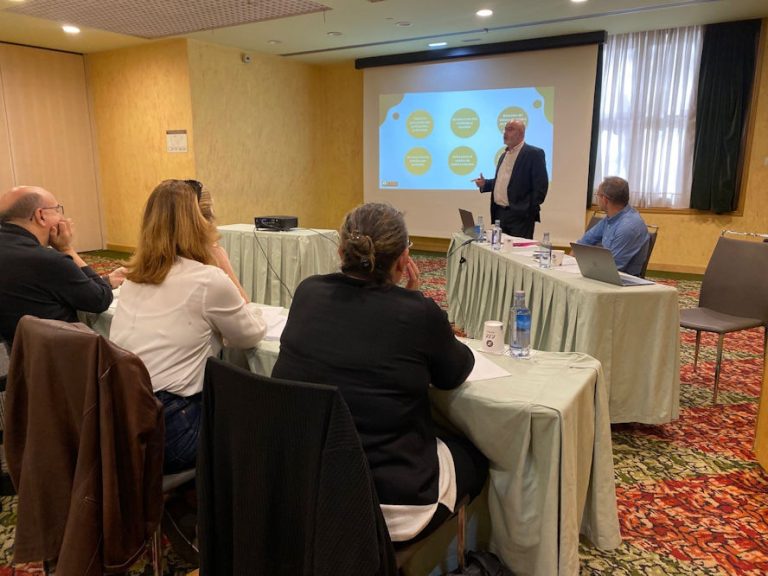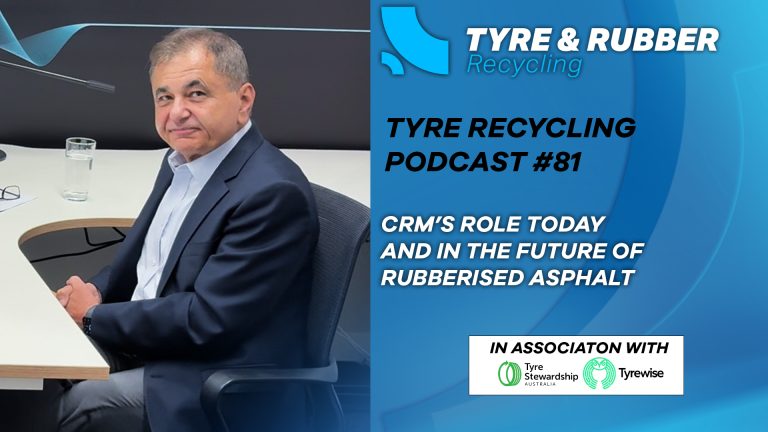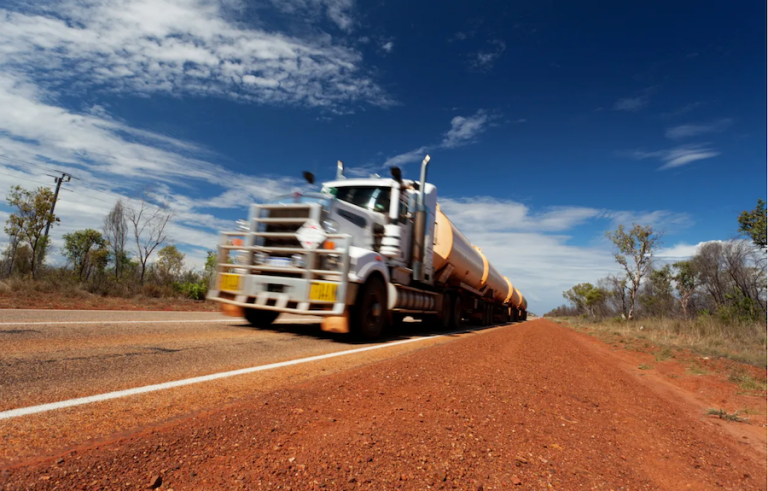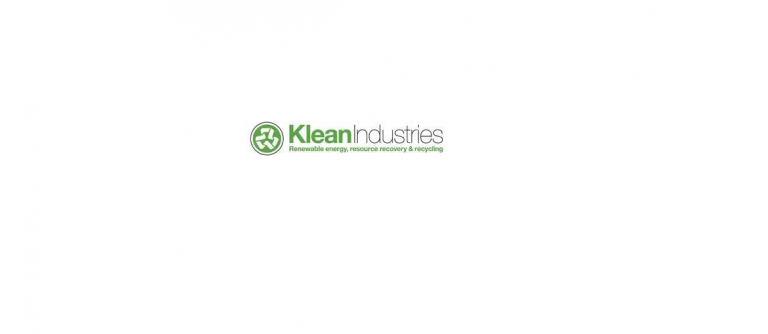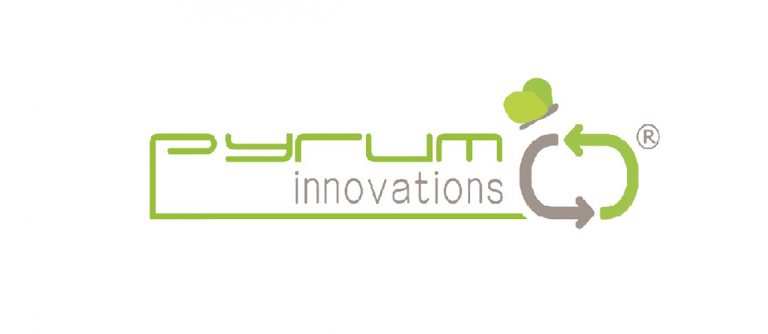Victoria’s principal automotive organisation has urged the government to implement a mandate regarding end-of-life tyres, aiming to combat illegal dumping and promote investment in recycling initiatives, in Australia
The Victorian Automotive Chamber of Commerce (VACC) has formally announced its advocacy for a mandatory, co-regulated stewardship scheme designed to establish clear accountability across every stage of the tyre lifecycle—from manufacturers and importers to retailers and end consumers. The proposed initiative aims to create equitable industry conditions, ensuring all participants fulfil their environmental responsibilities. This stance is in response to the ongoing inquiry by the House of Representatives’ Standing Committee on Industry, Innovation and Science regarding the Australian tyre industry’s contribution to the circular economy.
Furthermore, VACC is urging the government to advance beyond investigation and implement a compulsory product stewardship scheme for end-of-life tyres, drawing inspiration from the successful model operating in New Zealand. Chief Executive Officer Peter Jones described the inquiry as long overdue, yet a positive development. He emphasised that the automotive sector requires fair regulation of waste tyre management, noting the inadequacy of current practices for compliant businesses.
Presently, Australia produces over 67 million end-of-life tyres annually, with approximately 25 per cent unaccounted for in Victoria—raising concerns about illegal dumping and stockpiling. According to VACC, the current voluntary stewardship scheme, while beneficial in supporting research initiatives, has not significantly lowered collection costs or stimulated substantial investment in recycling infrastructure.
Jones highlighted the challenges posed by non-compliant operators who disadvantage responsible businesses through deceptive practices, including unlawful disposal of tyres, which creates fire hazards and impairs local communities. He underscored that this issue extends beyond environmental impacts, representing a matter of competitive fairness for law-abiding enterprises. Jones called for more stringent penalties on illegal dumping and enhanced regulatory measures to safeguard both the environment and legitimate industry stakeholders.
VACC reiterated its commitment to collaborating with the parliamentary inquiry and governmental authorities to develop practical, innovative solutions, promote investment in recycling technologies, and support sustainable business models within Victoria’s automotive industry. Jones also accentuated the significant capacity of the tyre sector to foster a circular economy and generate employment in recycling and resource recovery. He asserted that government leadership and a mandated stewardship framework are crucial to realising these opportunities.
Tyre Stewardship Australia expressed support for Rob Mitchell MP’s efforts in addressing the complexities involved in advancing circular outcomes for end-of-life tyres nationwide. According to their statement, the current inquiry represents an important step towards leveraging $70 million in domestic market potential offered by a reinforced circular economy for tyres. Recent developments, such as the ‘round trip summit’ in Melbourne—which convened over 200 global industry figures—demonstrated widespread endorsement of strengthening domestic markets and underscored the need to redirect end-of-life tyres into the local economy.
Tyre Stewardship Australia advocates for a holistic approach encompassing the entire tyre lifecycle, from design to recycling and market expansion, consistent with international best practices regarding chemical management, reuse, retreading, and preparing the industry for advanced circular economy objectives. The committee is currently accepting written submissions related to the inquiry terms of reference until Friday, January 23, 2026, and encourages comprehensive engagement from all automotive industry stakeholders.



